Advertisements
Advertisements
Question
In a triangle, one angle is of 90°. Then ______.
- The other two angles are of 45° each
- In remaining two angles, one angle is 90° and other is 45°
- Remaining two angles are complementary
In the given option(s) which is true?
Options
(i) only
(ii) only
(iii) only
(i) and (ii)
Solution
(iii) only
Explanation:
In a right-angled ΔABC
∠B = 90°
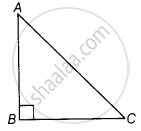
As we know,
∠A + ∠B + ∠C = 180° ......[Angle sum property of a triangle]
⇒ ∠A + 90° + ∠C = 180°
⇒ ∠A + ∠C = 180° – 90° = 90°
Hence, the remaining two angles are complementary.
APPEARS IN
RELATED QUESTIONS
Find the value of the unknown x in the following diagram:

In the following triangle, find the value of x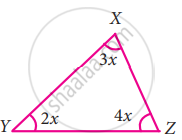
Two line segments `bar("AD")` and `bar("BC")` intersect at O. Joining `bar("AB")` and `bar("DC")` we get two triangles, ∆AOB and ∆DOC as shown in the figure. Find the ∠A and ∠B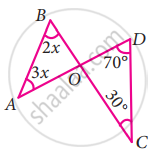
In the given figure, which of the following statement is true?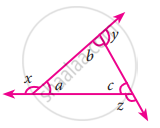
How many triangles can be drawn having its angles as 53°, 64° and 63°? Give reason for your answer.
In the given figure, PB = PD. The value of x is ______.
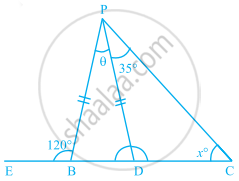
If one of the angles of a triangle is 110°, then the angle between the bisectors of the other two angles is ______.
In the given figure, find the values of a, b and c
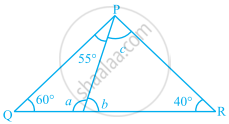
In the given figure, find the measures of ∠PON and ∠NPO.
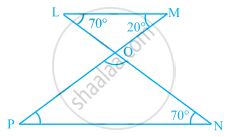
The angles of a triangle are arranged in descending order of their magnitudes. If the difference between two consecutive angles is 10°, find the three angles.
